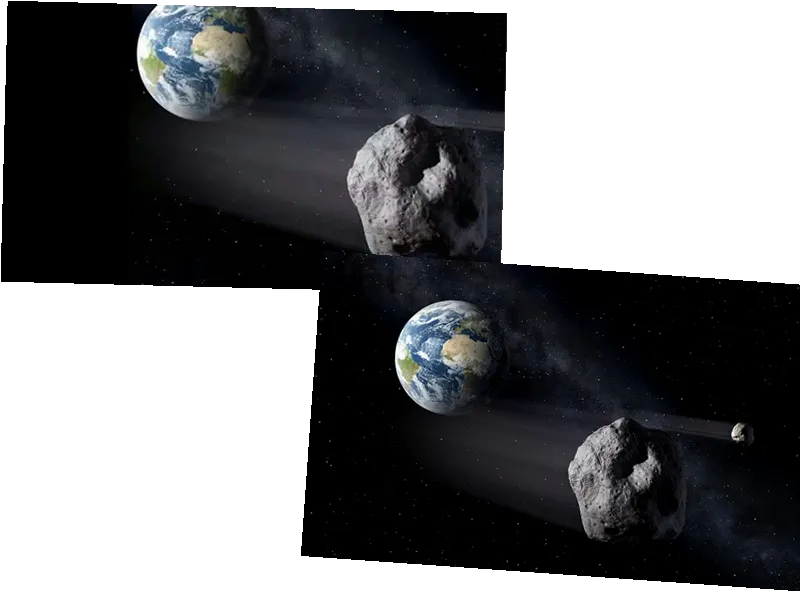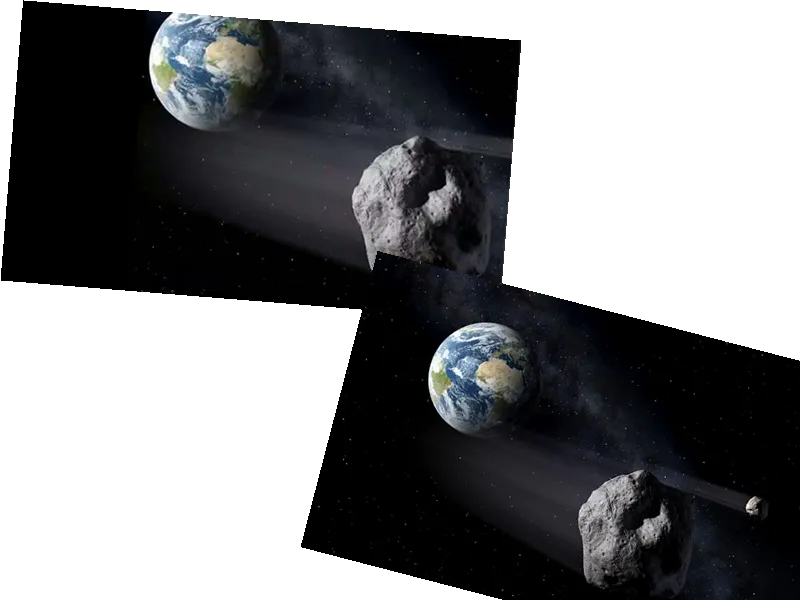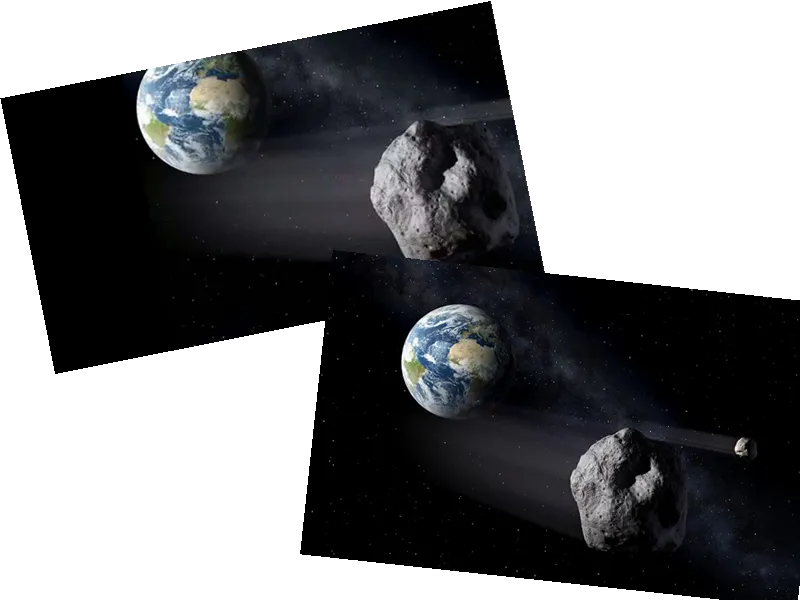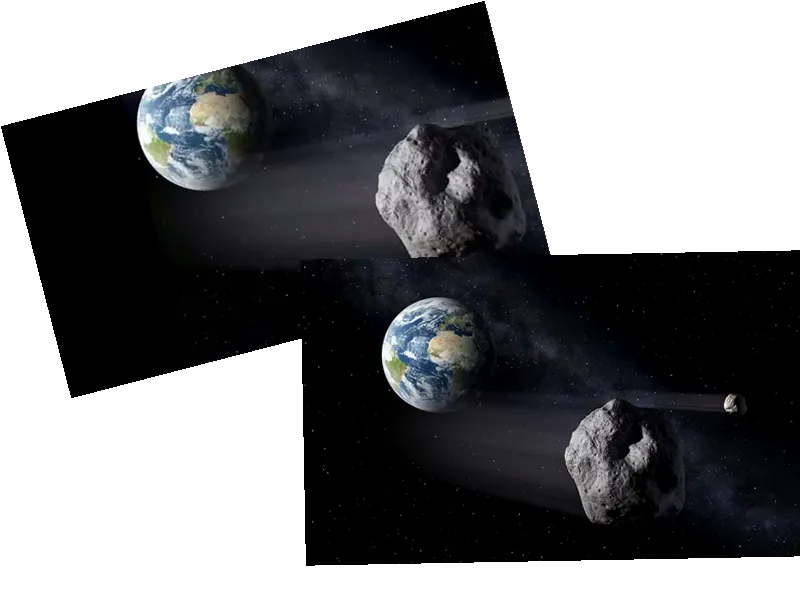Asteroid 2011 UL21: A Close Encounter with Earth
Asteroid 2011 UL21 is set to make a close approach to Earth on June 27, 2024. With an estimated size of around 2.5 kilometers, it is one of the largest near-Earth objects to come close to our planet in recent years. Despite its size, the asteroid poses no threat to Earth, passing at a safe distance of 6.6 million kilometers, which is about 17 times the distance between the Earth and the Moon.
Observing the Asteroid
Richard Moissl, head of ESA's asteroid defense, emphasizes that the asteroid is larger than 99 percent of all known near-Earth objects and has a highly inclined orbit, making it interesting to observe. The Virtual Telescope Project will broadcast a live stream of the asteroid from 10 p.m. CEST on June 27. The asteroid will be visible through telescopes with an aperture of 4 inches (approx. 10 cm) or more, passing through the constellations Hydra, Virgo, Libra, and Serpent in the night sky.
Asteroid 2024 MK Joins the Parade
Adding to the excitement, another asteroid, 2024 MK, will make a close approach to Earth on June 29, 2024. Discovered only recently on June 16, 2024, by the Atlas telescope network, this asteroid has a diameter between 120 and 260 meters. It will pass at a distance of 290,000 kilometers from Earth, about 75% of the Earth-Moon distance. This celestial event will also be visible with small telescopes, particularly in the constellation of Pegasus moving towards Andromeda.
Asteroid Day Celebrations
These close encounters coincide with Asteroid Day on June 30, a global event aimed at raising awareness about asteroids and the potential hazards they pose. The safe passage of these asteroids provides a unique opportunity for scientists and enthusiasts alike to observe and study these celestial bodies up close. The National Institute of Astrophysics highlights that from certain latitudes, asteroid 2011 UL21 will be visible low on the western horizon in the constellation of Virgo starting from June 28.
- Asteroid 2011 UL21 was first discovered on October 17, 2011, by the Catalina Sky Survey. Initially, there was a small chance it could hit Earth in 2029, but further observations have ruled out this possibility for at least the next 100 years.
- Asteroids larger than one kilometer are often referred to as 'planet killers' due to the catastrophic impact they could have on Earth. According to NASA, an asteroid of this size strikes Earth approximately every 500,000 years, potentially causing global devastation.
- Asteroid 2024 MK, discovered by the Atlas telescope network, will reach its closest approach to Earth at 3:46 p.m. Italian time on June 29. This asteroid will be visible with small telescopes, shining in the constellation of Pegasus and moving towards Andromeda.
- Asteroid Day, celebrated on June 30, aims to educate the public about asteroids and their potential impact on Earth. The close approaches of 2011 UL21 and 2024 MK provide a timely opportunity for observation and study.




